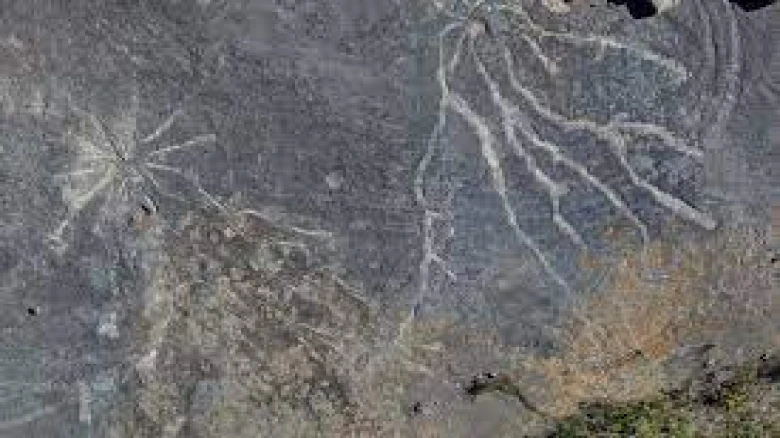There were signs of early plants in the ancient forest, some of which are thought to have existed during the period of the dinosaurs...
Digital Desk: The oldest forest on Earth has been found by researchers in an abandoned quarry close to Cairo, New York. These fossils, which are embedded in rocks that are 385 million years old, are the petrified roots of many old trees. This finding marks a turning point in the history of Earth. The development of these roots by trees was essential in removing carbon dioxide (CO2) from the atmosphere, storing it, and causing a major shift in the planet's climate that eventually shaped the environment we live in today.
The BBC reported that although the team was aware of the existence of the old forest, this was the first time it had been thoroughly examined to determine the ages of the plants and trees that grew there.
There were signs of early plants in the ancient forest, some of which are thought to have existed during the period of the dinosaurs.
According to researchers at the Universities of Binghamton, New York, and Cardiff, Wales, the forest formerly stretched across an area of around 400 kilometers, or about 250 miles.
The mapping of the area began in 2019—that is, five years ago.
By analyzing fossils from various plants and trees in the region, scientists revealed it to be the oldest forest on Earth. The Yakushima Forest in Japan and the Amazon rainforest are two famous examples of old woods.
The field of palaeobotany is involved in their discovery. Since botany is the study of plants, paleo refers to the study of old or ancient plants.
Dr. Christopher Berry, a paleobotanist at Cardiff University, said, "You are walking through the roots of ancient trees."
The old trees in this forest did not spread by dispersing seeds that grow into new trees like most modern trees do.
In this woodland, ancient trees were found that relied on spores for reproduction. If you've studied mushrooms, the term "spores" may seem familiar to you because they also spread and multiply by releasing spores into the atmosphere.

Leave A Comment